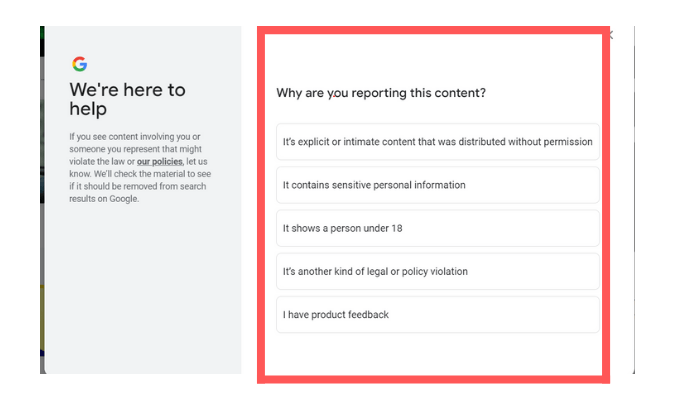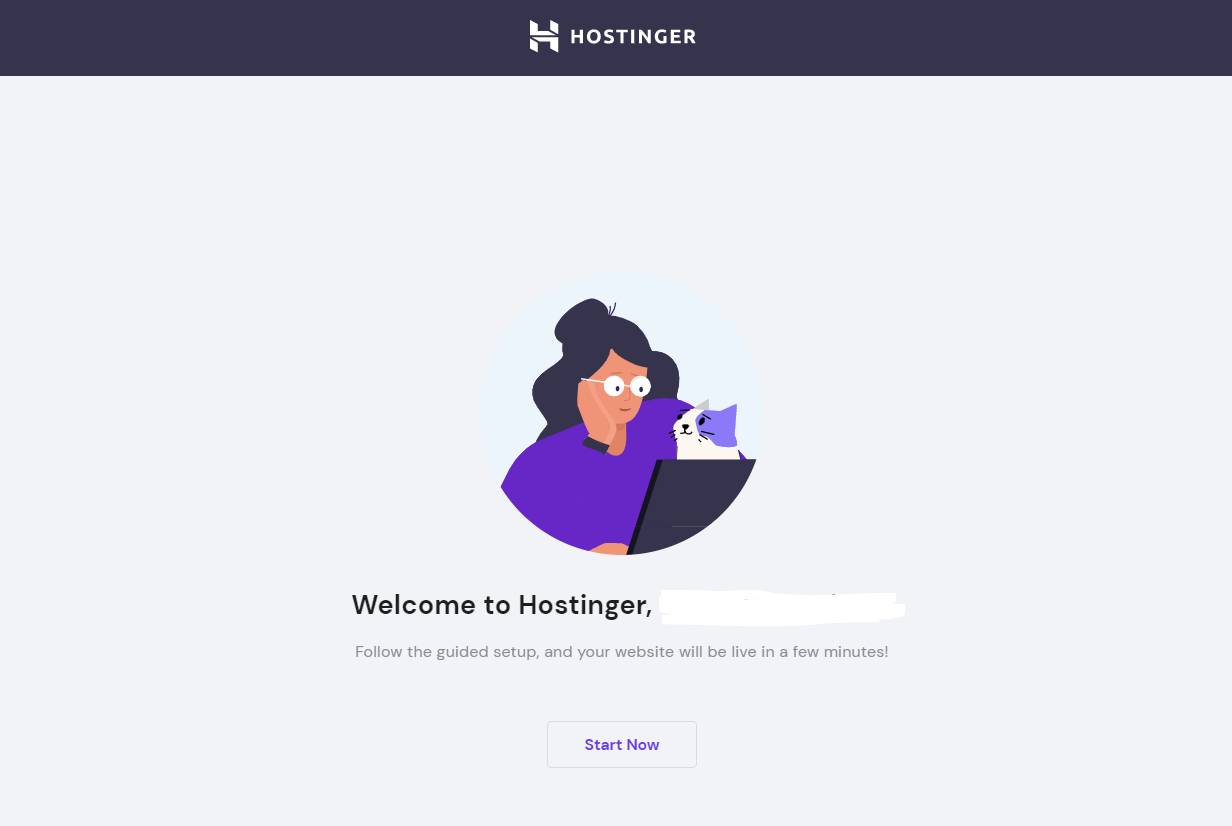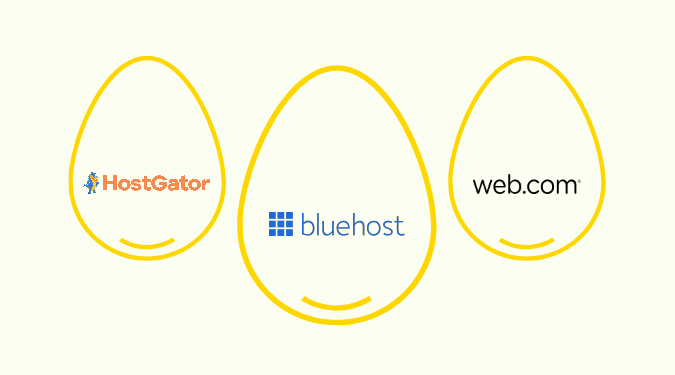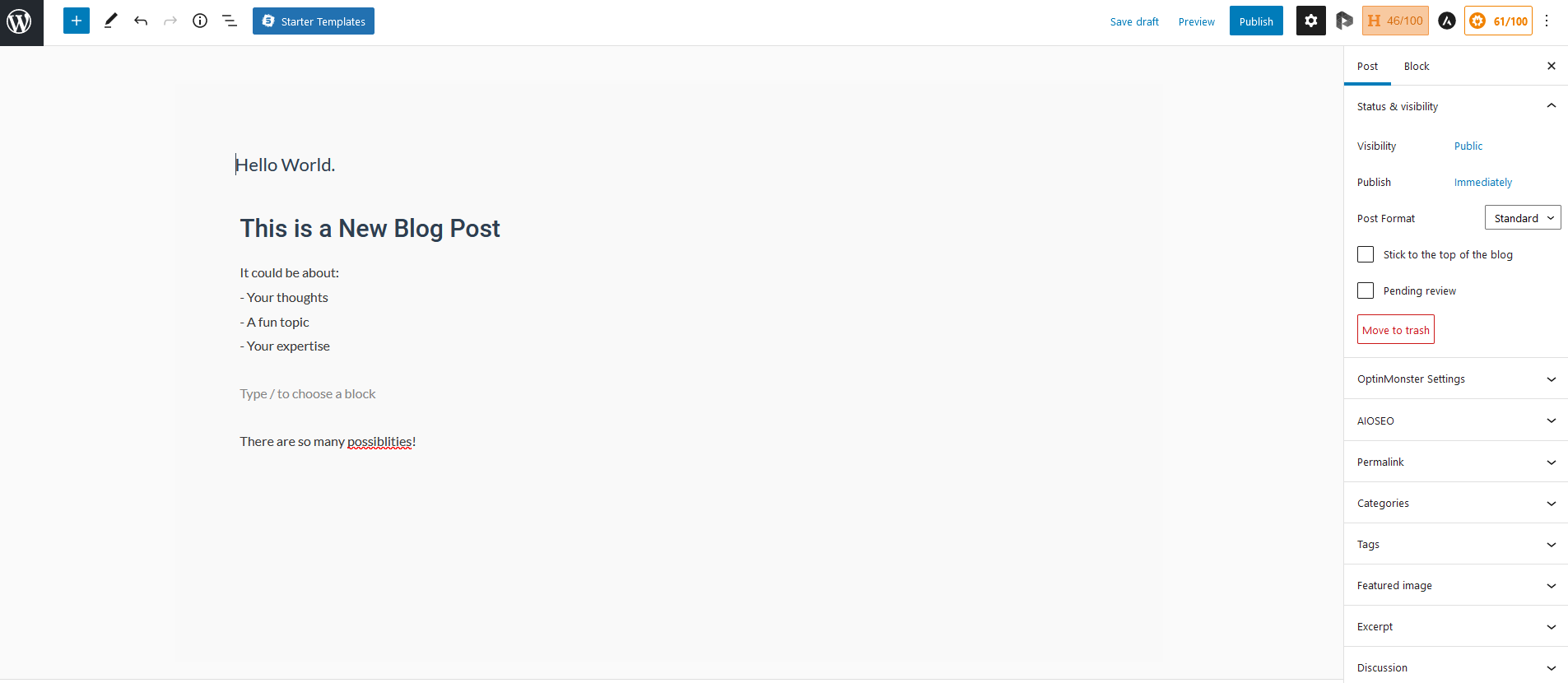Removing news articles from the internet CAN be as easy as asking, but it usually isn’t.
News websites (or any websites really) aren’t in the business of removing negative content just because you don’t like it.
Doing this on your own takes a lot of time–we’re talking months to even a year. If you want it to go faster and feel relatively painless, hiring a specialist, like Reputation Defense Network, truly is your best bet.
We’re not just saying that to make money, although we might if you click on the link above. We’re big fans of what RDN does because they guarantee their work, you only have to pay them when you see results, and you won’t have to do any of the heavy lifting on your own (AKA, you can get back to business in the meantime).
If you’re anything like us, you probably don’t have an extra few months lying around. But just in case you do, here’s to get started removing articles on your own.
#1 — Document All the News Articles You Want to Remove
If there’s only one news article to remove, this step is easy. However, many news sites syndicate others’ content and it often spreads like wildfire.
For things to be squeaky clean, you need to identify every URL you want to remove.
Start with a Google search in incognito mode. Look up the headline (or title) of the news article you’ve already found. This will bring up the article you want to remove, along with other websites that may have republished the same or similar content.
It’s important to be incognito to prevent Google from modifying search results based on your history.
Next, perform Google searches for your company name, your own name, your business and your title, any additional combinations you can think of, and any other identifiable information for your company.
Lastly, you should check social media channels. News articles often ask their readers to “spread the word” on different platforms. This can give you new websites that may not be ranking but have covered the same news.
Exhausting all of these avenues should show you a comprehensive list of what people will see when they look up you or your business.
The last step is documenting every URL, along with where it’s ranking and the search terms it ranks for. Staying organized makes it easy to prioritize your removal efforts going forward.
#2 — Reach Out to Every News Outlet and Request Removal
Go through your list and get in touch with someone at each news outlet. Some of them may have a formal content removal form and unpublishing process you can start with. If so, familiarize yourself with their processes and fill out the form.
If not, look for the email address or phone number of a managing editor or similar role. There are numerous email scouting tools out there to help you out if you can’t find contact information yourself. Alternatively, you can subscribe to LinkedIn Premium to get a bit of a leg up in your outreach efforts.
You can also create a fill-in-the-blank template or script to make it easier on yourself if you have a lot of publications to talk to.
Regardless of how you get in touch, you can request specific changes or removal of the entire piece. The news outlet may ask for documentation or follow up with you before making any updates. No matter what, avoid demands or threats. This can lead to even more negative press on top of potentially ruining your chances of establishing contact in a professional manner.
You can also speak to a lawyer before you start to understand whether you can request removal on legal grounds. The following are a few legal defenses that may be applicable in your case:
- Wire service defense
- Statute of limitations
- Newsworthiness defense
- Substantial truth doctrine
- Fair report privilege
- Incremental hard doctrine
- Opinion and fair comment privilege
An attorney can also help put some pressure on the news outlets if they’re hesitant for any reason.
#3 — Ask Google to Remove the News Article from Search Results
While you wait to hear back, you can start taking action directly within Google. Since a lot of people find news via a search engine, taking the time to do this can make a big impact while you wait for the permanent removal you initiated in step two.
There are three ways to request removals, depending on what grounds you have.
If the news article violates Googles personal content policies, you can request it’s removal right away. For legal violations, like IP infringement or a court order, you can report the content, instead.
The last option is directly within search results. When you come across an article you want to remove, click the three dots to the right of the result. You’ll have the option to remove it and explain why. Check out our complete search results removal guide for a more in-depth walkthrough of the process if you need help.
The process is similar with just about any search engine, so you don’t have to stop at Google.
#4 — Optimize Your Existing Content
If none of your efforts so far have paid off, the next best thing is ensuring content you have control over ranks higher than the news articles. Ideally, they get pushed to page two or further (where nobody really goes).
However, that can take a lot of time and effort. Before worrying about creating new content, you can start with updating and optimizing content you’ve already published.
This could mean optimizing your home page, a blog post, a social media profile, a LinkedIn article, or anything else that has the potential to outrank the news article(s) you want to remove. Focus on adding value, highlighting positive attributes about yourself or your company, and polishing everything with a general refresh.
This may result in a boost in search rankings–but it doesn’t always work. Either way, it’s good to put your best foot forward and keep your content updated, anyway.
#5 — Deploy an Authentic Positive Press Campaign
Similar to updating your existing content, you can publish new content that highlights positive aspects of yourself or your business. There are a lot of strategies for this, many of which can get quite complicated. Your main focus should be to add value to your community and shine light on the good things.
The key to all of this is that it has to be authentic. Taking some public action or doing a grand gesture just for the sake of drowning negative content may make things worse.
Focusing on true-to-you long-term initiatives and activities you’re already involved with are best.
If you get to this point and aren’t sure how to do this the right way, get in touch with Reputation Defense Network. The risk of potentially doing more harm than good is pretty high at this point. However, a successful campaign can work wonders for your short and long-term reputation.
So, it’s not something to ignore just because it takes time or can’t be done on your own.















